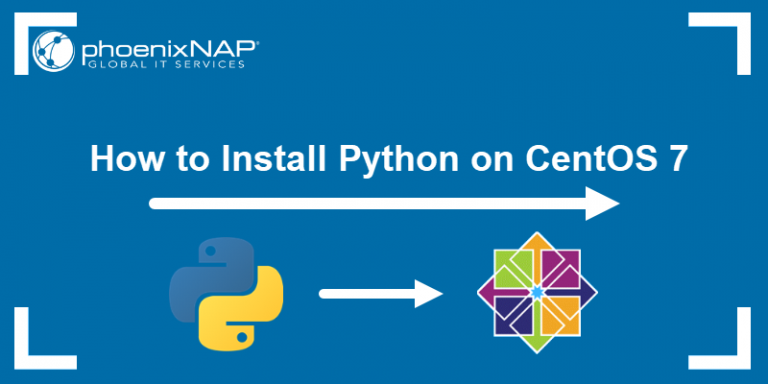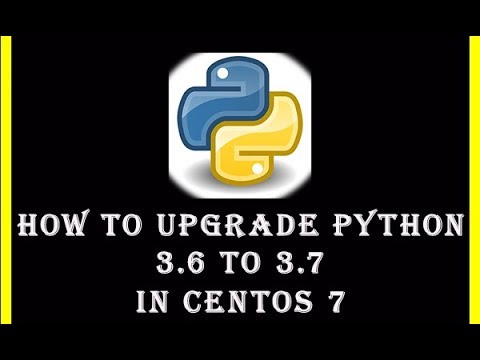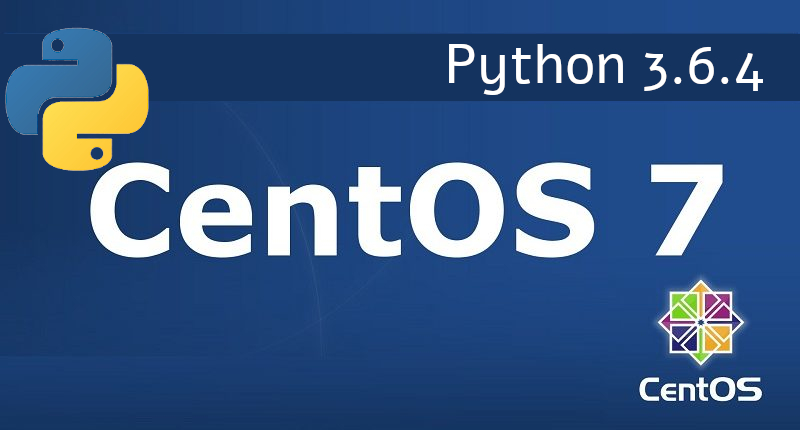


Even after updating the system software, all I got was Python 2.7.5 (which was released 7 years ago!), and in the default yum repositories all I could find was an older Python 3.6.8 version. The first disappointment with CentOS 7 was that it didn’t include Python 3. So, this week, I decided to test one of my applications on CentOS 7, a version that has been released a few years ago, but has excellent support in Parallels Desktop and is still officially maintained. For that kind of work, in the past I have used both VMware Fusion and VirtualBox, but currently I am using Parallels Desktop. Or I may want to check if updating a specific third-party dependency will break something.įrom time to time, I also want to check for platform specific issues and make sure my code is working as expected on Windows, Linux or Haiku. For instance, I may want to check how one of my Python applications is behaving under Python 3.6, 3.7 and 3.8, or even the latest Python 3.9 alpha. I tend to create and activate virtual environments with Pipenv, usually using the most current Python version, and sometimes in some of the previous ones.

Apples’s macOS includes a wonderful shell and many well known Unix utilities, and many other are available through the Homebrew package manager. Although I have come to enjoy P圜harm as a very valuable IDE, I still like to do a lot of things in the Terminal. I usually use macOS as my main personal development environment.


 0 kommentar(er)
0 kommentar(er)
